Optimizing Operational Excellence for Future Success
Introduction: In the dynamic landscape of business, operational efficiency is paramount for sustained success. This white paper delves into the current operational state of the target acquisition by a Private Equity firm, offering insights into the existing challenges and proposing solutions for a seamless integration. Our analysis is based on extensive industry experience and a data-driven approach, ensuring the proposed recommendations align with the unique needs of the business.
Experience and Expertise: Delta Driver LLC, brings over 30 years of industry experience, with a proven track record of optimizing operations for various companies, including Fortune 500 giants and start-ups. His proficiency in Lean Six Sigma and data-driven decision-making positions him as a valuable asset in resolving operational issues and ensuring a smooth transition during acquisitions.
Current State Assessment: The target acquisition exhibits strengths in leadership and a customer-focused culture. However, operational inefficiencies in quality management, inventory, equipment utilization, and safety are apparent. Lack of standard work and information silos contribute to suboptimal performance. Investment in technology, process definition, and automation is essential for improved customer service, EBITDA, and working capital impact.
SIOP (Sales, Inventory, and Operations Planning): The manual inventory management lacks optimization, leading to daily production schedules based on the previous day's orders. The implementation of an ERP solution is crucial for managing a vast SKU range effectively. Optimized production scheduling, coupled with SKU rationalization, promises substantial benefits.
Supply Chain and Quality: The narrow range of raw materials and the acquisition strategy align with the potential benefits from the acquisition. Synergies in raw material purchases and existing supplier contracts can provide cost advantages. Quality management is rudimentary, necessitating the establishment of structured programs and data-driven analysis.
Strengths, Weaknesses, Opportunities, and Threats (SWOT) Analysis: While the acquisition boasts strong EBITDA and a successful history of brand acquisition, weaknesses in formalized procedures and facility congestion are apparent. Opportunities lie in plant layout optimization, automation, and improved employee training. Threats include the complexity of the acquisition and potential regulatory and labor challenges.
Operational Benchmark Assessment: Visual inspections reveal undersized material handling aisles, damaged components, and a lack of operational metrics on the production floor. Inventory management lacks perpetual records, and the plant layout contributes to inefficient processes. Recommendations include increased aisle widths, improved labeling and filling processes, and a focus on continuous improvement.
Continuous Improvement and Future State: We recommended the implementation of Lean Manufacturing or Six Sigma methodology to drive continuous improvement. Key actions include facility layout optimization, waste elimination, and the establishment of plant floor metrics. Training in Root Cause Analysis and the creation of a Corrective and Preventive Actions (CAPA) log are crucial for sustained improvement.
SIOP Proposed Process and SKU Rationalization: A streamlined SIOP process with cross-functional involvement is proposed, focusing on strategic inventory planning and capacity planning. SKU rationalization, based on specific business rules, aims to eliminate redundancies, enhance efficiency, and improve profitability.
Proposed Synergies and Integration Schedule: Anticipated synergies include cost savings in raw material purchases, freight, sales commissions, and overhead efficiencies. The integration schedule outlines key steps, from optimal scheduling and MRP implementation to equipment upgrades and workforce training.
Production Scheduling Suggestions: A shift towards a Formula production model, recalculating batch sizes quarterly, and weekly production scheduling are recommended. Implementing a reorder point system and emphasizing Make to Order (MTO) for the bottom 10% of volume can enhance efficiency.
Conclusion: In conclusion, the integration of the target acquisition presents an opportunity for operational optimization, driving efficiency and profitability. By addressing current challenges through technology adoption, process improvements, and a focus on continuous improvement, the Private Equity firm can ensure a successful and seamless transition. Our team stands ready to support the client in realizing the full potential of this acquisition.
